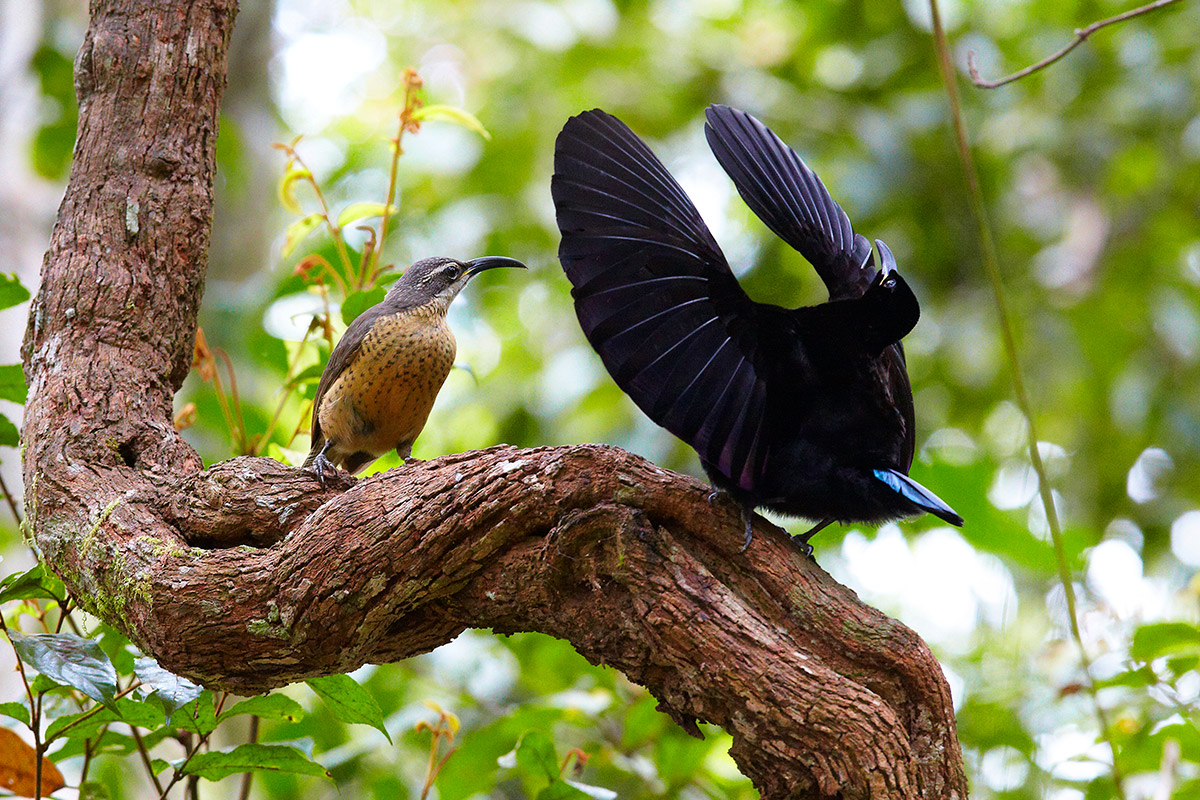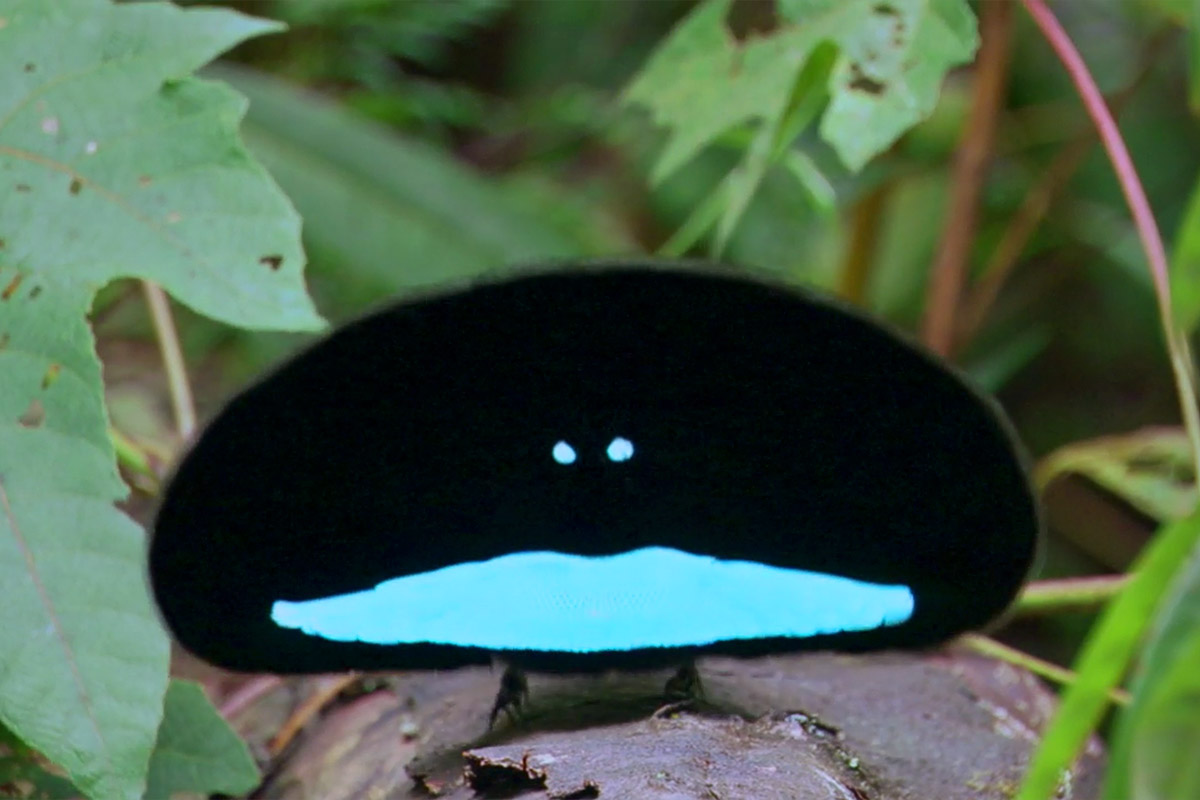The 'Black Hole' Optical Illusion of the Bird of Paradise Explained
Black doesn't get much blacker than the plumage of male birds of paradise, and new research reveals why.
The blackest feathers of these rainforest birds are fundamentally differently shaped, on a microscopic level, compared with regular black feathers. The nanostructure of the feather makes them particularly prone to scattering and reabsorbing light, and that in turn makes them not only black, but a dull black that seems to whisk light away.
"The black is so striking on these birds of paradise. It really does look different," said Teresa Feo, a postdoctoral fellow at the Smithsonian Institution's Division of Birds. "When you look at them, they're so dark your eyes can't focus on them. You almost feel a little woozy." [In Photos: Beautiful Hummingbirds of the World]
Blackest of blacks
Birds of paradise are better known for their dramatically flashy colors than their dark plumage. They are found in places like Indonesia and Australia, and are famous for their long tails, bright colors and showy mating dances.

Alongside their colorful feathers, though, many species sport matte black feathers that are "just so weird," Feo told Live Science. This weirdness prompted Harvard graduate student Dakota McCoy to start studying the feathers' structure to figure out why they were so good at absorbing light. Feo and several other colleagues would later join the project to help do imaging work and model the optics of the feather structures of five bird of paradise species and two plain black bird species.
Using scanning electron microscopy and other extremely up-close imaging methods, the researchers found that the super-black feathers have an unusual microscopic structure. Regular black feathers' tiniest microscopic branches typically overlap one another and lie flat, Feo said. The super-black feathers, on the other hand, have a complex branching structure — when viewed up close, the branches look like dried, curled-up oak leaves. Instead of resting flat, they stick up into little forests of branches, like the bristles on a bottle brush, Feo said.

Making colors pop
This structure essentially traps light, bouncing it around the tiny voids between branches. The more the light scatters in this way, the more of it inevitably hits the surface of the feather again. And the more times the light hits the feather's surface, the more opportunities there are for it to be absorbed rather than reflected to the viewer's eye.
Sign up for the Live Science daily newsletter now
Get the world’s most fascinating discoveries delivered straight to your inbox.

In fact, the reflectance of the super-black feathers was nearly as low as many synthetic materials made to be as non-reflective as possible, at between 0.05 and 0.31 percent, the researchers reported Jan. 9 in the journal Nature Communications. For comparison, regular black feathers reflect about 3.2 to 4.7 percent of light.
Only male birds of paradise have these ultrablack feathers, Feo said, and they are found only on their wings, chests and other places that the birds show off during mating displays. (It's not yet known if other birds have similar structures, Feo said.) The researchers suspect the males use the light-sucking patches of plumage to set off their colorful, iridescent patches in a kind of optical illusion familiar to lovers of kitsch art.
"If you've ever looked at a velvet Elvis painting, one of those paintings on velvet, those colors pop," Feo said.
Original article on Live Science.

Stephanie Pappas is a contributing writer for Live Science, covering topics ranging from geoscience to archaeology to the human brain and behavior. She was previously a senior writer for Live Science but is now a freelancer based in Denver, Colorado, and regularly contributes to Scientific American and The Monitor, the monthly magazine of the American Psychological Association. Stephanie received a bachelor's degree in psychology from the University of South Carolina and a graduate certificate in science communication from the University of California, Santa Cruz.









